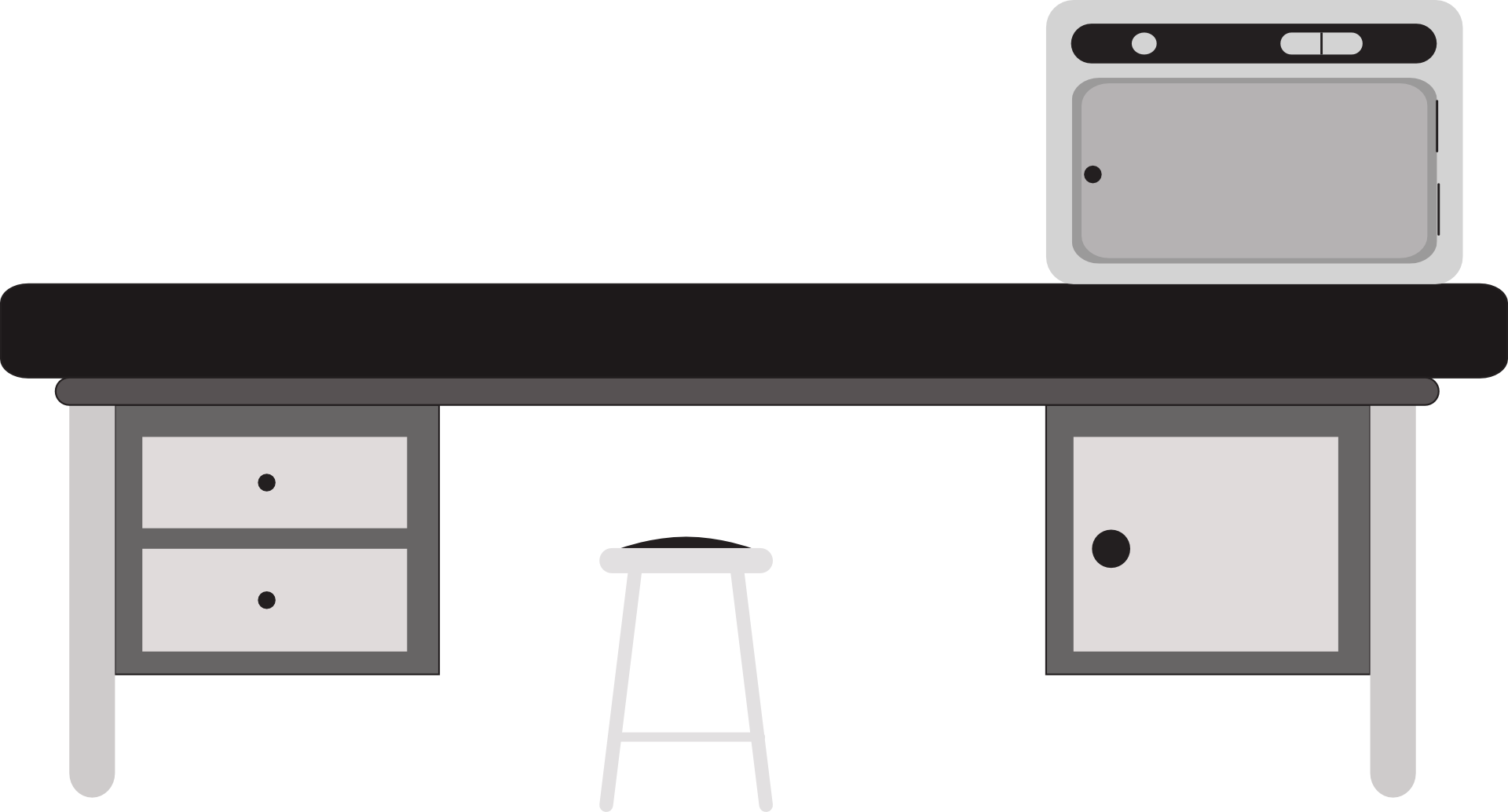Are you starting a lab this semester? If it’s been a while since you’ve worked near dangerous substances, you may need a refresher on how to prevent injuries.
Luckily, most injuries and common ailments are easy to prevent with a few tips. Here is your quick guide to common science lab injuries, how to prevent them, and what to do if they occur.
When the Bunsen Burner Burns You
Typical lab injuries aren’t the ones your teacher prepares you for with an introduction to the eyewash station. It’s far more likely you’ll accidentally touch the Bunsen burner if you forget it’s hot or you get too close.
You can evaluate your burns to find out if you need to seek medical attention. Make sure to cool it down (but don’t expose it to extreme cold) and leave any blisters intact. Some burns may require a tetanus booster, so make sure to get a medical professional’s opinion.
Science Lab Injuries: Cuts from Glass
Of all the possible accidents and injuries in the lab, this one is probably the most common. With the use of beakers and test tubes, it’s easy to break one and cut your hand or another part of the body.
Always wear closed-toe shoes in the lab to avoid cutting your foot on broken glass. Keep an eye on your glassware and don’t set it where it could be easily knocked over.
Eye Injuries
Even though it’s not as common, you still could experience an eye injury in the lab. You should always wear safety glasses while conducting experiments. Chemicals and dangerous substances can come in contact with your eyes if you’re not careful.
Keep long hair tied back and out of the way. If you aren’t reaching for your face to brush hair out of the way, your eyes will have fewer chances to meet dangerous substances.
To avoid school injuries, be sure you pay attention to the professor’s rundown of the eyewash station and other safety protocols. If you still get injured, make sure you save your spot in line and reduce your risks as you make your way to urgent care.
Chemical Burns
Working with acid and other dangerous compounds in the lab is a risk you can mitigate with the proper PPE. Wear gloves and safety glasses, as well as a lab coat to protect your clothes. You could get the substance on your hands or clothing and not notice it until later if you don’t use PPE.
Wash your hands when you’re finished in the lab after you remove your gloves. Make sure you follow proper procedures for washing your hands, to reduce your risk.
Ingestion
Ingesting chemicals can also be toxic. Accidental poisoning isn’t something you want to write home about, so follow all safety procedures.
Corrosive vapors can get in your lungs. Don’t breathe the fumes, and use chemical fume hoods as intended.
Staying Safe
Science lab injuries aren’t as uncommon as you think, but you can lower your risk if you follow proper safety procedures. Wearing the right PPE, being aware of the risks, and understanding when to seek medical attention are important training tips.
Before working in the science lab, check with your professor for any last-minute instructions. Don’t goof off during the safety lesson, and be sure to let someone know if you see others behaving in an unsafe manner.
For more information, check out our guide to knowing whether you need to go to urgent care.

